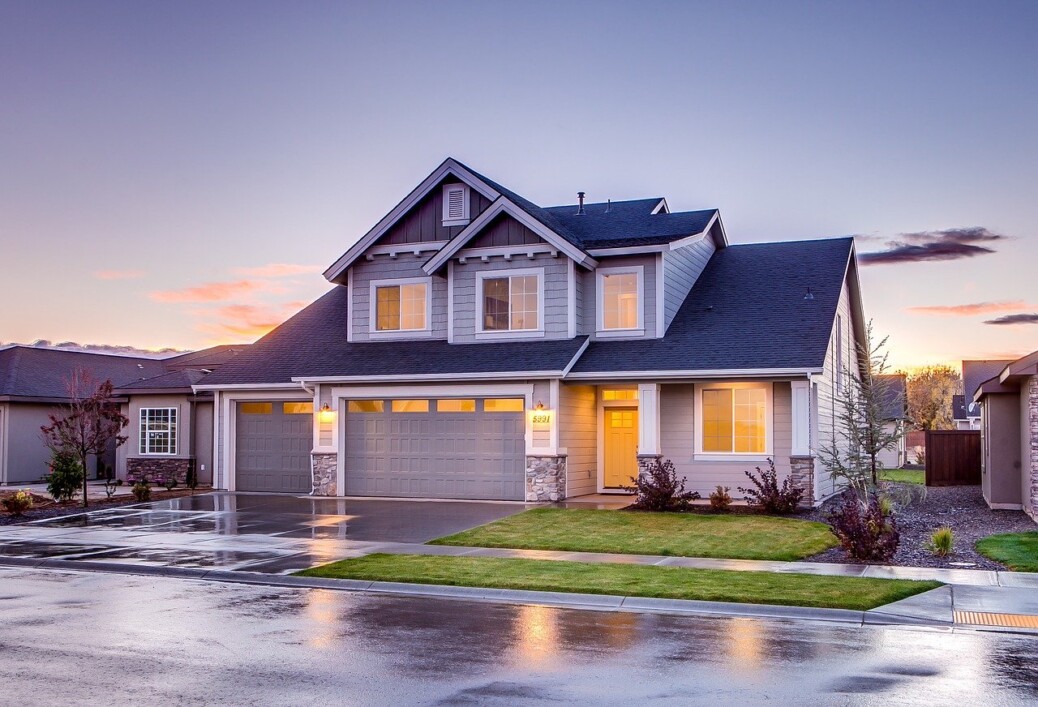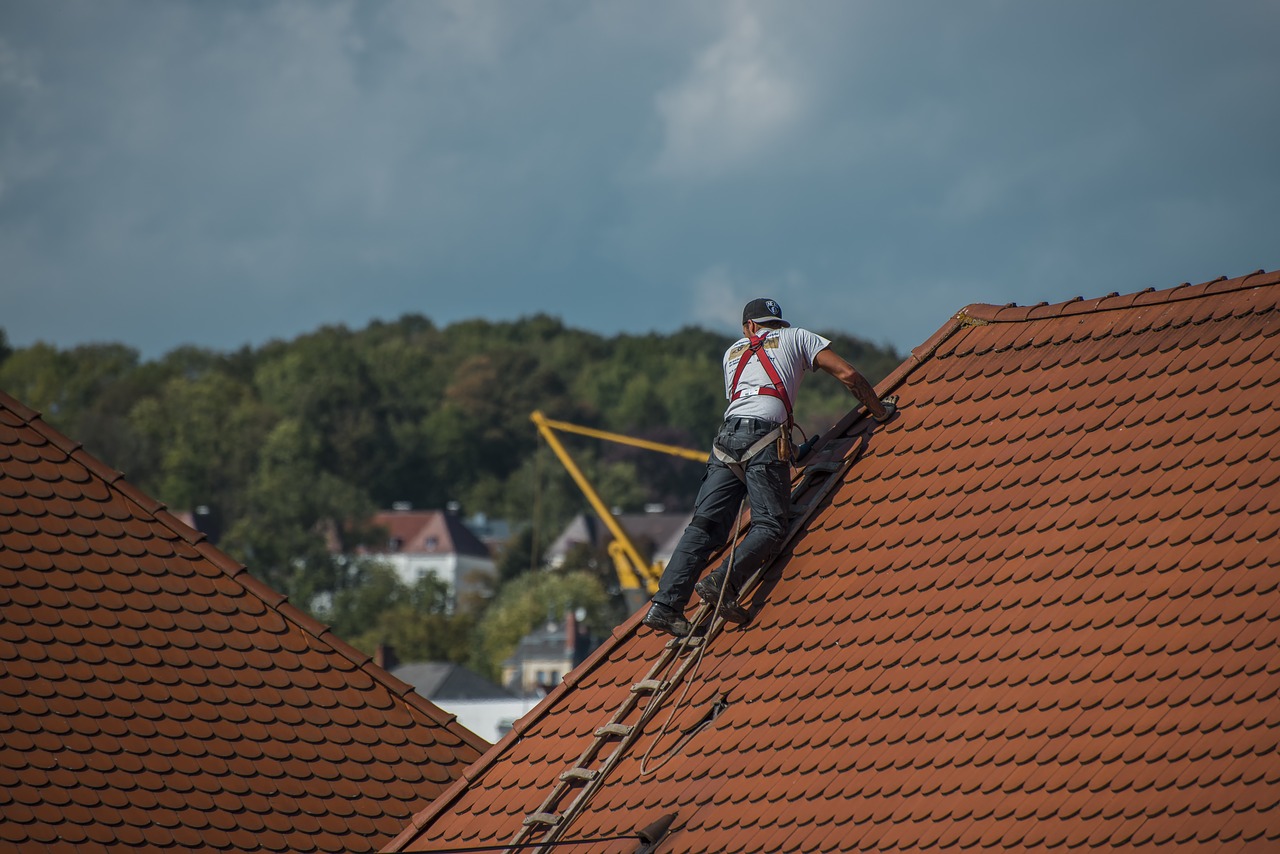As someone who owns a home, keeping up with your house and ensuring it remains up to code at all times is one of your more important responsibilities. Akin to most investments in life, a house requires upkeep as years pass to bring maximum comfort and safety. If you have been in your house for fifteen years or more, there’s a high likelihood you have mulled over investing in a roof replacement. Before jumping to the decision to get a new roof, there are a few warning signs to look for to figure out whether or not the time is proper for you and your home.
If you’ve conducted just a little investigating into this question, you’ve more than likely crossed the “25-30 year rule” for the longevity of most roofing systems. That figure is utilized as a benchmark. A great many residential roofs need replacing within that window. However, there are many factors at play, and all roofs are unique.
Your roof takes a tremendous amount of external wear and tear throughout each passing year. Intense sunlight, strong winds, debris, wildlife, tropical storms, large amounts of rain, or destructive weather conditions – all of these have an impact on a roof’s lifetime. How quickly your roof needs to be replaced depends on many things:
Local weather.
Correct maintenance and care.
How old the materials are.
How good the materials used are.
Building and design.
Were repairs addressed when needed?
If wildlife was kept away.
External debris build up.
Your Roof Is Over 20 Years Old
Before you begin inspecting your roof for cracks, breaks, and other wear and tear, one of the first things to consider is its age. A roof that is 25 to 30 years or older may require a complete replacement, even if the roof itself appears in quality shape from the untrained eye. Roofs from years past were often built with roofing materials that are no longer useful or considered durable by today’s standards. If your roof is 10, 15, or 20 years old, it may be time for a thorough inspection and potentially investing in a whole new roof altogether, especially if your roof has overlayed a previously installed roof.
Perform An Interior Roof Check
For many people, the first step is to scoop up a flashlight and get to the attic. Ensure to grab a flashlight with a bright beam so you don’t miss any damage and always be mindful as you go through these types of inspections.
Once you are in your attic, try to identify one (or several) of these 4 signs that you need to replace the roof:
1) Sunlight Shining In Through The Roof
Before you turn your flashlight on, try and locate any beams of light coming through cracks or punctures in your roof. If you do spot any light shining through your roof, fix it, or replace your roof right away. If light is shining through your roof, then water is getting through your roof.
2) Dark Streaks & Stains
This one is also straightforward to find. If there are dark stains or dark streaks on the underside of your roof or running down the walls from the base of your roof, then your roof is likely leaking, and moisture is deteriorating both your roof plus your home’s interior structure.
3) Sagging Areas
In the same way that water will make a piece of cardboard soggy and weak, water can also make your roof structure start to sag. If you identify sagging portions of your roof, take your hand or a broom to lightly prod at the sagging spot. If the spot feels soft and wet or moves around easily with the prod of your broom, you know you have moisture damage.
4) Water Damage
In addition to looking for dark streaks and saggy areas, make sure to check for any present indications of water leaking or rotting your roof on the inside. If you spot any clear signs of water damage, it would be wise to contact someone to immediately evaluate your roof.
Curling Or Missing Shingles Are Visible
Typically homeowners don’t pay any mind to the state their roof is in. Most of the time, not checking the roof unless there is a stain or dark spot clearly visible from the street or yard.
Weathered or worn asphalt shingles are fairly simple to spot if you search for them. Missing shingles may be replaced individually, but it’s typically an indicator of a bigger issue. Large swaths of broken or loose shingles (or shingles that are visibly falling apart) indicate that your asphalt shingle roof needs a replacement.
Shingles can curl in two ways – cupping when the edges turn upward, and the second-way shingles curl called clawing when edges stay flat, and the middle starts coming up. Both could indicate that:
Moisture has built up beneath the shingles because of inadequate ventilation in the attic.
Shingles were poorly installed.
Old age and wear from direct sunlight and weathering.
If your roof is at the point where you are noticing large amounts of asphalt granules in the gutter system, then there’s a strong probability your roof needs to be replaced.
Excessive Growths On Your Roof
Dark spots (or generally grimy-looking shingles) are caused by fungus and algae growth. These might not be directly tied to how often you need to replace your roof (or that it needs repair), but this growth can spread and cause damage.
Is there moss or other types of nature growing on top or out of your roof? If so, don’t worry. The natural world tends to grow over any man-made building in its path if it is not adequately looked after and maintained.
When inspecting your roof and the moss you have spotted, be sure to do so by inspecting both the inside and outside of your roof. While the majority of plant growths are likely to be visible from the outside of your roof, when there’s a larger issue on-deck, nature could also be thriving on its own indoors with you having zero clue.
Most of the time, eliminating the growths from a roof is a way to rapidly fix the issue without money needing to be outlayed. However, if you notice substantial growths around your roof or inside the property, it is highly advisable to call a roofing contractor to identify the root cause and reason for the growths.
In the event the roof is just completely overgrown, then the sole plan would be to get a roof replacement. This only happens to roofs that go unattended for long periods of time.
The silver lining here is that algae growth and buildup are not usually signs that you must fix or replace your roof. Rather, moss is more of just an eyesore on your roof and one that is rather common in humid areas like Florida.
If the situation calls for a new roof installation, there then becomes a number of decisions in the near future. Beginning with the roofing material to use, will you stick with asphalt or consider tile? Which roofing contractor will you hire? If you perhaps have a valid insurance damage claim. For many homeowners having access to the money to get a roof replacement may not be possible; there is financing available for qualified homeowners offered by certain companies, for such a company in south Florida check out https://www.boyntonbeachroofingexperts.com/. Ensure to do proper research before making your choice of contractor.
Read More:
What is Ghana Zip Code and Why Ghanaian Business Owners Need it
10 Working Remotely Pros and Cons you Didn’t Think About Before
40 Premium Web Tools And Services That Online Entrepreneurs, Web designers, and Freelancers use daily
How Entrepreneurs Create Connection in the Age of Isolation










